Michael Johnson, Chief of Conservation
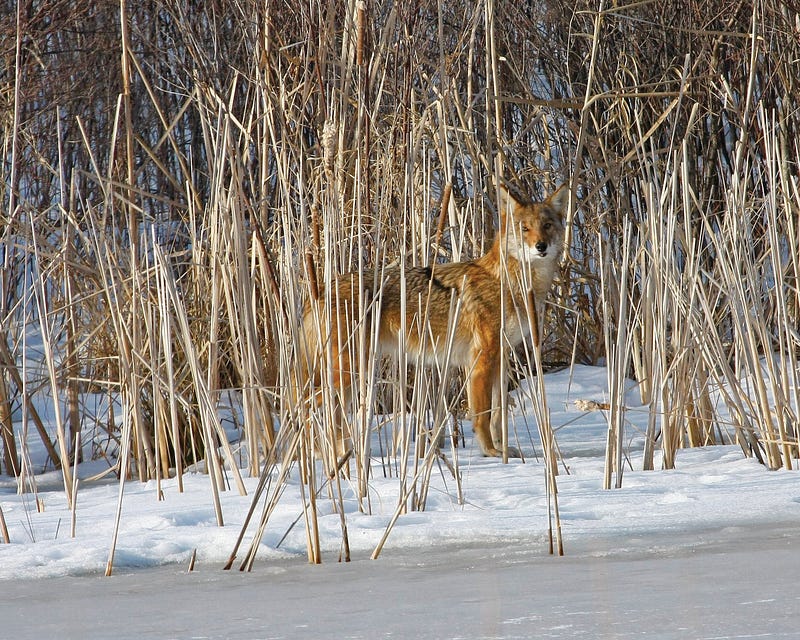
Coyotes are out there. They live in each of our Metro Parks. They live along railway lines, gas and electric rights-of-way. They live in small woodlots and even around the stormwater ponds in the center of most new housing developments. In many respects, they are the biggest wildlife problem we have never had.
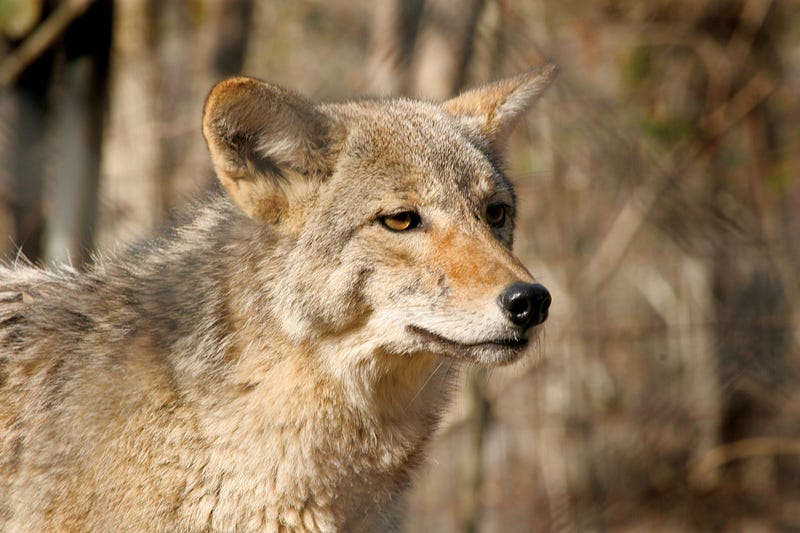
Coyotes have been a part of Ohio fauna for at least a century. It is believed they migrated from the west into the Midwest and Northeast when humans eliminated wolves from our region. Since then, coyotes have been living alongside people mostly unnoticed and in relative peace.
Summit Metro Parks biologists have been studying coyotes in our parks for many years. For over two decades, we have monitored coyote populations with our Citizen Science Coyote Calling Study. Periodically, trained volunteers and park staff go out at night and play recorded coyote calls. Staff can gauge the presence of a resident coyote population based on the reply call numbers and intensity that the recordings solicit from any nearby animals.
A few years ago, Summit Metro Parks teamed with our partners at the Cuyahoga Valley National Park, Ohio Division of Wildlife, Cleveland Metroparks, The University of Akron and The Ohio State University to conduct an in-depth study of coyotes within the greater Cuyahoga Valley region. For three years, park staff humanely trapped and radio-collared over 40 study animals. Using both radio telemetry and GPS technology, we were able to watch coyotes in real time.
We mapped territories, studied how juveniles disperse and watched how coyotes move around our urbanized landscape. Most importantly, we were able to study how coyotes reacted to people within our parks.
Research conducted by Summit Metro Parks has shown the following:
- Coyotes are present in all our parks and natural areas.
- Coyotes go to great lengths to avoid people within the parks. During the day and at times of high visitation, coyotes move away from trails, parking lots and other areas humans are likely to be present.
- Coyotes live in family groups and the alpha pair restrict the size of the family within their territory (so they are not going to grow out of control).
- They feed mostly on smaller prey items like mice, voles and rabbits. They occasionally scavenge roadkill. They especially love dead beavers!
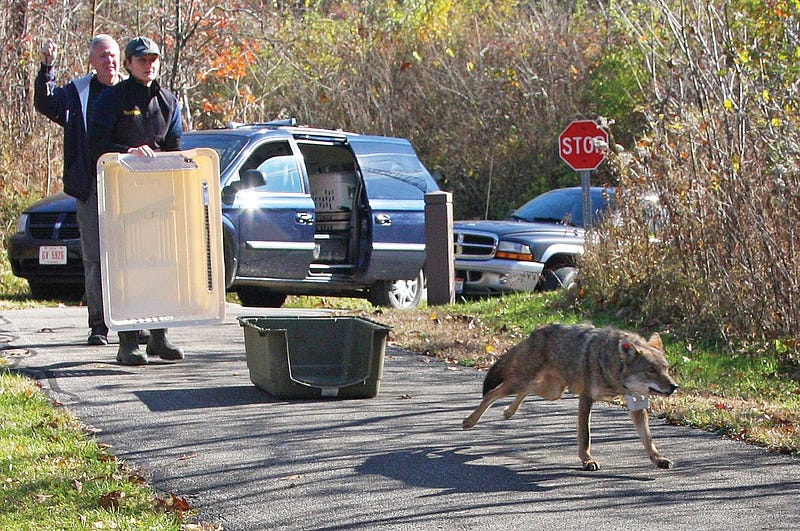
Are coyotes dangerous? We get this question all the time. The simple answer is they are predators and they are physically capable of causing harm (much like a 25 to 40 pound dog) — but they rarely do. They are far less dangerous than other canine species living among us. A quick internet search for how many people were attacked by coyotes last year compared to how many people were attacked by domesticated dogs can confirm this.
Coyotes have been very successful in our region because they have adapted to our environment and have learned to avoid conflict with humans. Coyotes generally do not scavenge human food waste, they have become nocturnal (not their natural state) to avoid being seen by people, and they generally have a healthy fear of humanity.
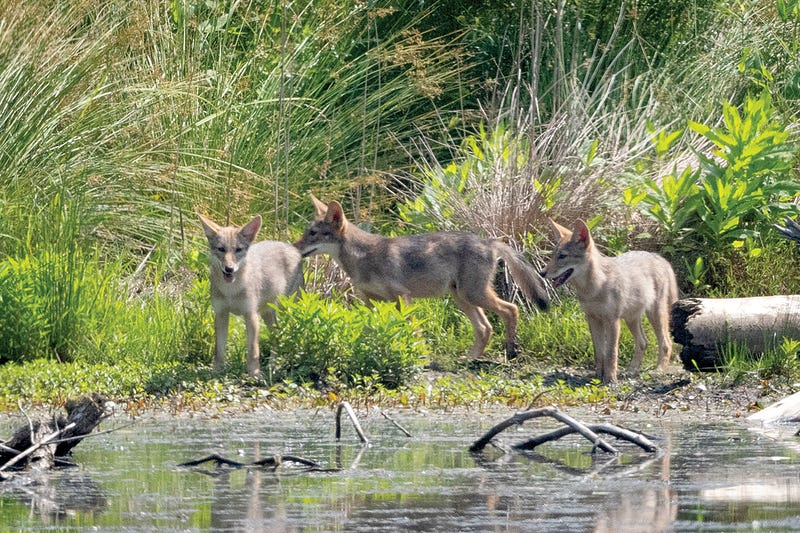
The best way to avoid conflict with coyotes while you are in the Metro Parks is to stay on designated trails! Coyotes are generally trying to avoid you. It is hard for them to do that if you are adventuring through a natural area far away from the public trail. Another tip is to keep your pets on a leash and under control. In the few instances of coyote-dog encounters in the Metro Parks, it was the dog that was off-leash and galloping into coyote territory.
Finally, be aware that spring is when coyotes give birth and for the first few weeks of their lives, the pups are not mobile. During this sensitive time, mom and dad are especially anxious and may howl at you if you get close to their den. If this happens, just turn around and call Summit Metro Parks rangers at 330-867-5511 (weekdays, 8 a.m. to 4:15 p.m.) or 330-475-0029 (after hours, weekends and holidays) and let them know. We may have to close a trail every now and then during the short denning period.
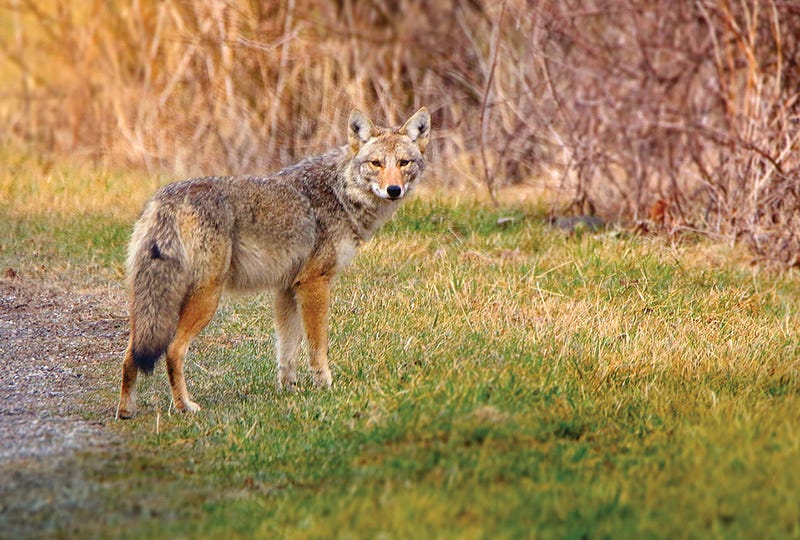
Coyotes are a permanent part of our fauna. Many people have tried to eliminate them from the landscape and all attempts have failed. They have been hunted, trapped and poisoned and yet their populations are still thriving. When it comes to your own home, you have to decide what is acceptable coyote behavior. If you are experiencing conflict with a coyote on your private property, you can call the Ohio Division of Wildlife and ask for a list of expert nuisance trappers. They are able to remove individual animals, but be aware that there is already another coyote waiting to move in and take the place of the one that was removed.
If you see a coyote in Summit Metro Parks, appreciate the rare opportunity to view these truly magnificent and successful animals!
For more stories like this, check out Green Islands Magazine, a bi-monthly publication from Summit Metro Parks. Summit County residents can sign up to receive the publication at home free of charge.